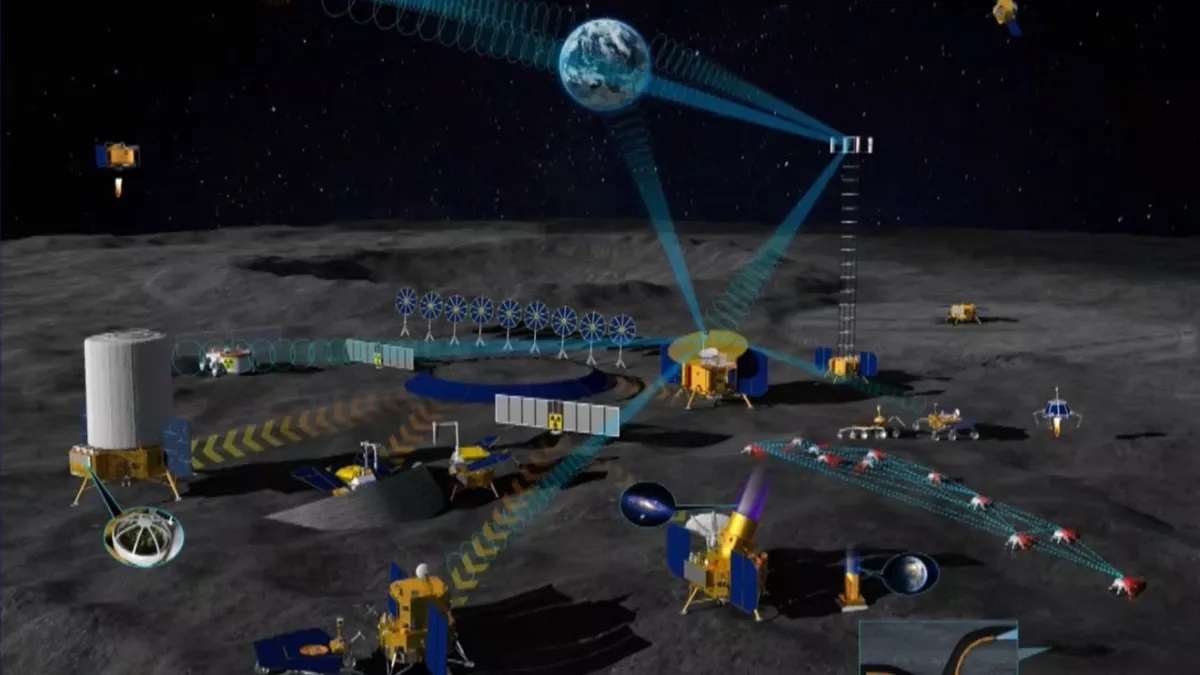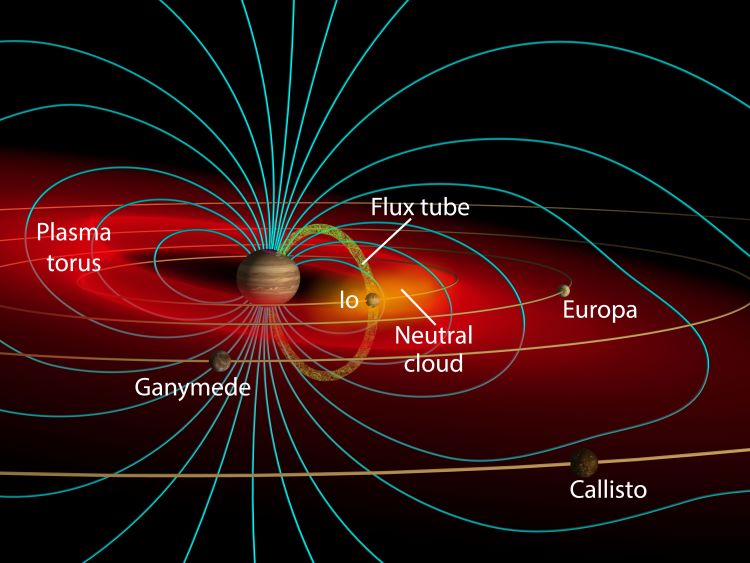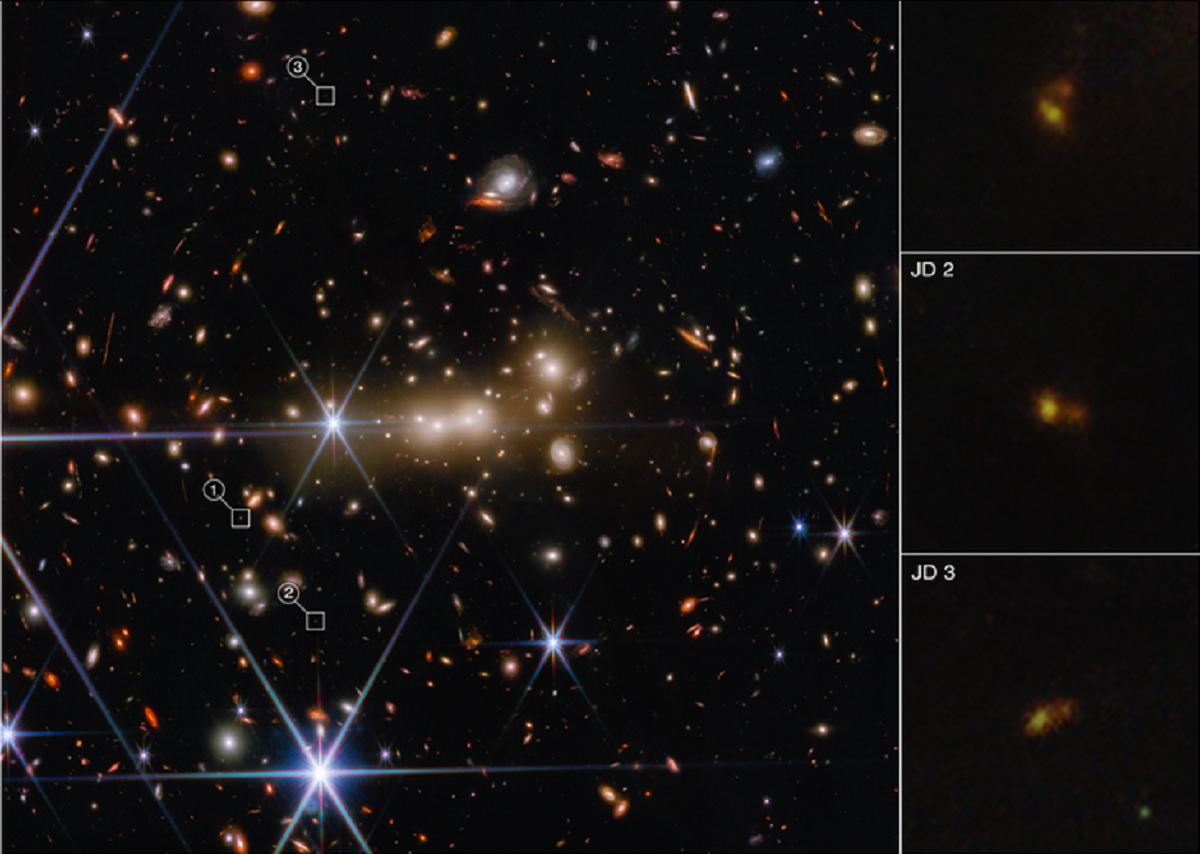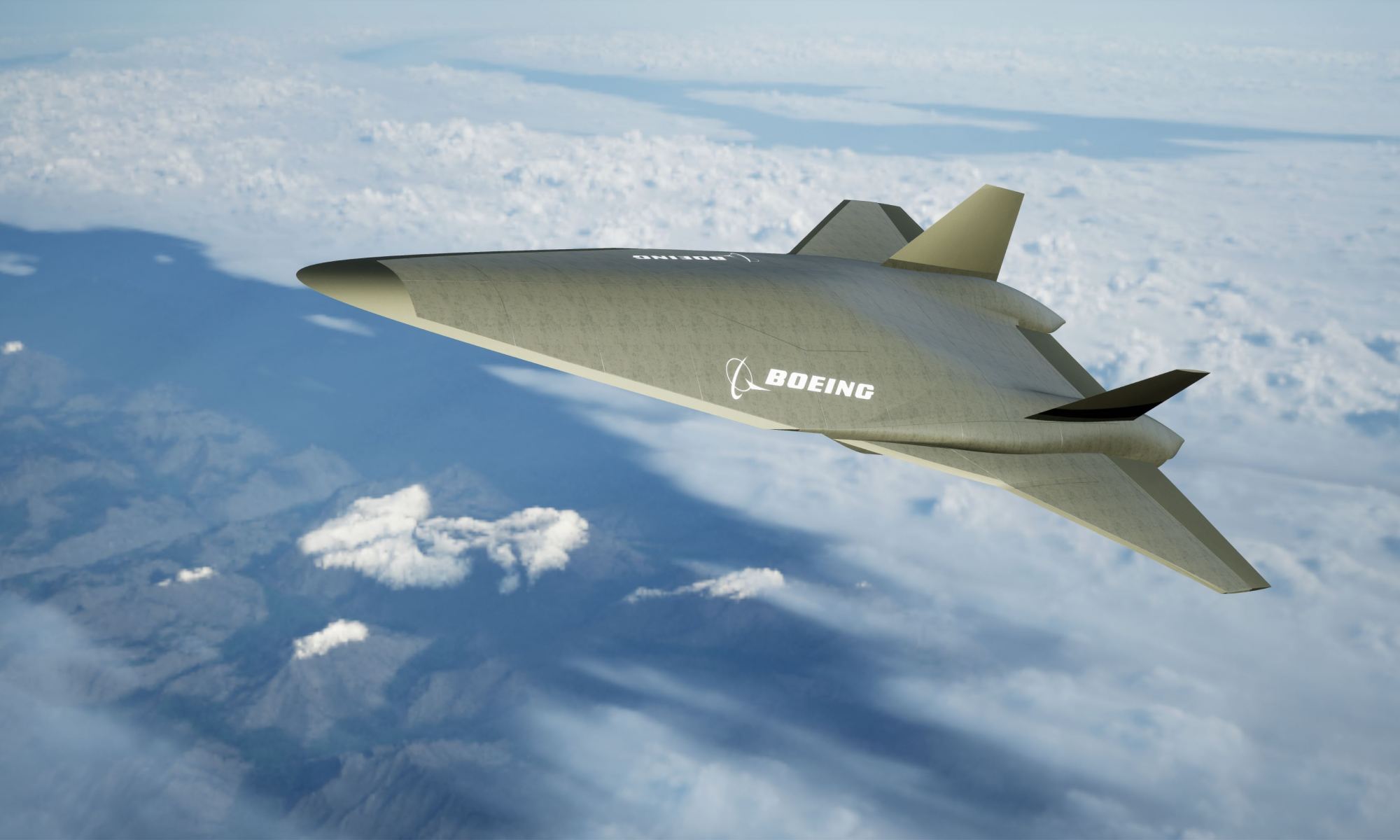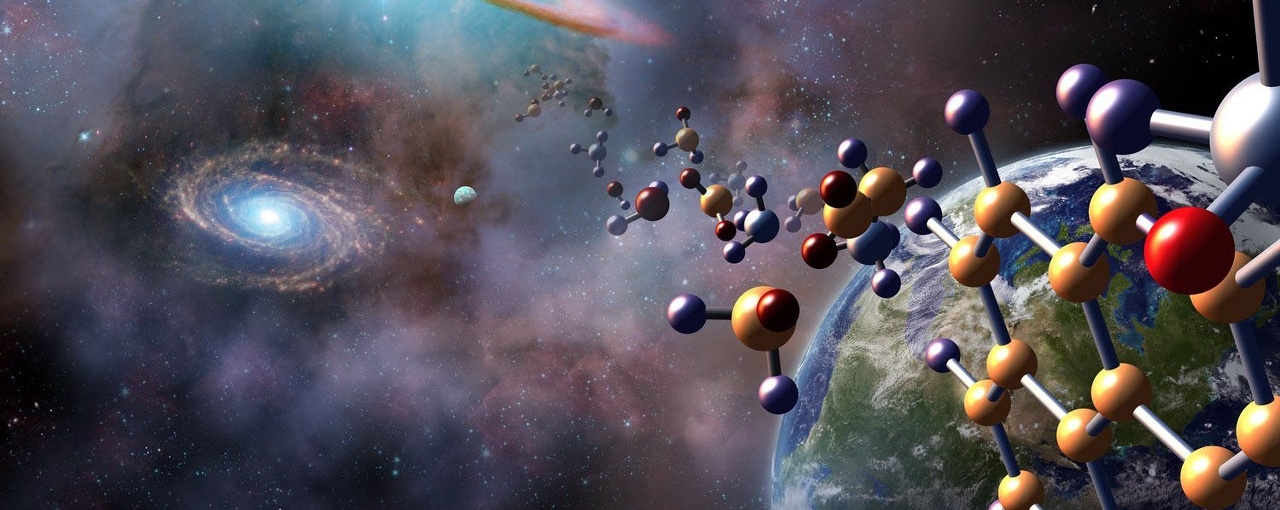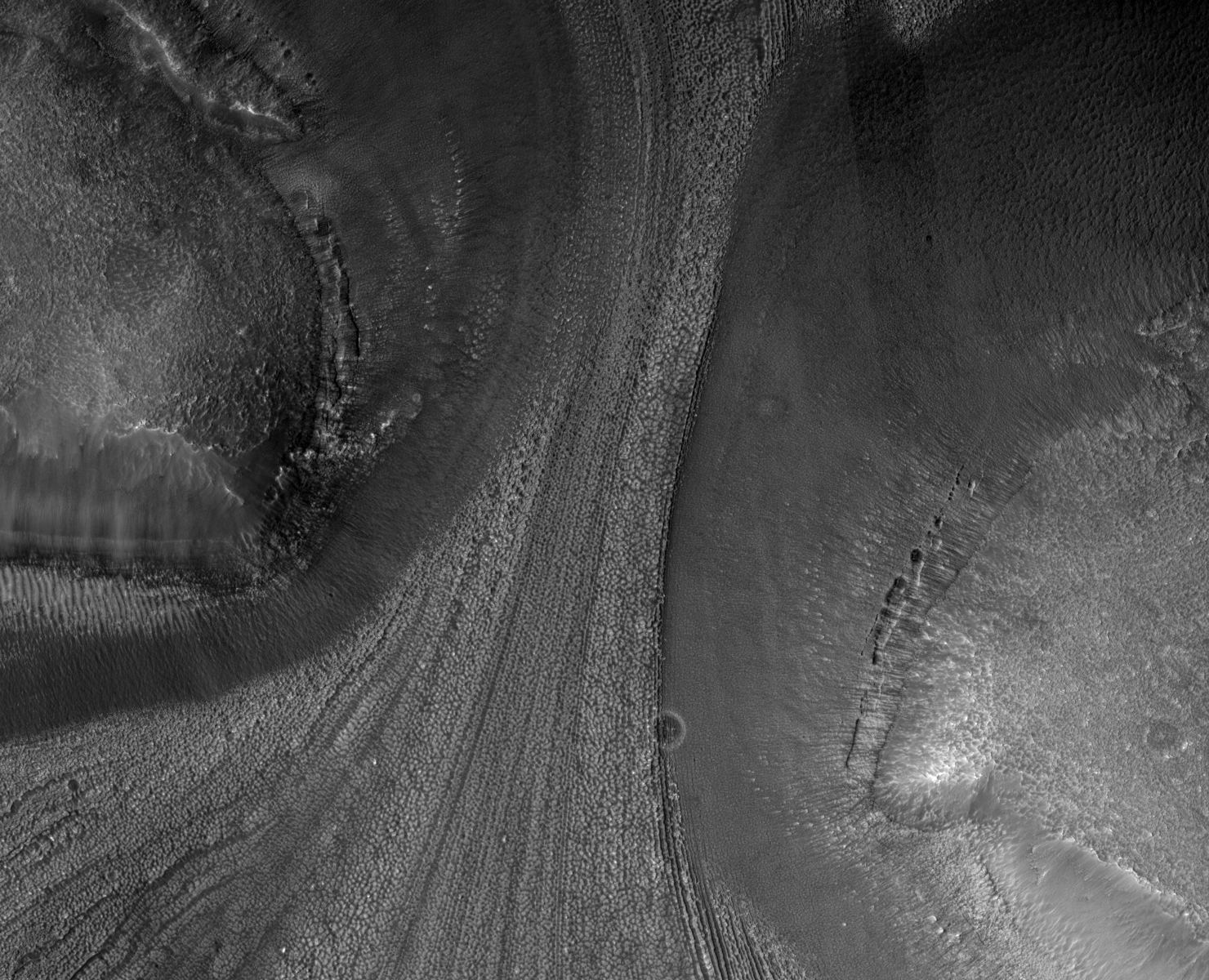Last May, as part of the nation’s growing presence in space, the China National Space Agency (CNSA) announced that it had established a Human Lunar Space Program that would send crewed missions to the Moon and culminate in the creation of a lunar base. This came shortly after China and Russia announced that they would be collaborating on future lunar missions, which included the creation of a base around the southern polar region. In June 2022, they announced that this base would be named the International Lunar Research Station (ILRS) and released a guide explaining how international partners could join.
On Thursday, August 31st, the China Manned Space Agency (CMSA) released artists’ renderings of their next-generation spacecraft and lunar lander. The spacecraft will consist of two sections, a reentry capsule, and a service section, while the lunar lander will include a landing section and a propulsion section. According to a statement released by the Agency, these vehicles will deliver crews to Low Earth Orbit (LEO) and allow China to send crewed missions to the lunar surface. The release of these images confirms what has been suspected for some time: that China fully intends to land taikonauts on the Moon before 2030.
Continue reading “China Reveals Its Lunar Lander Design”
